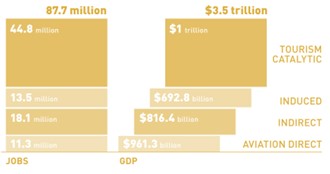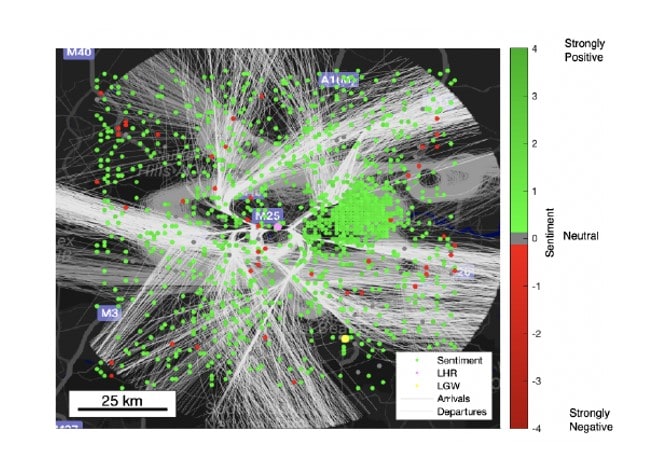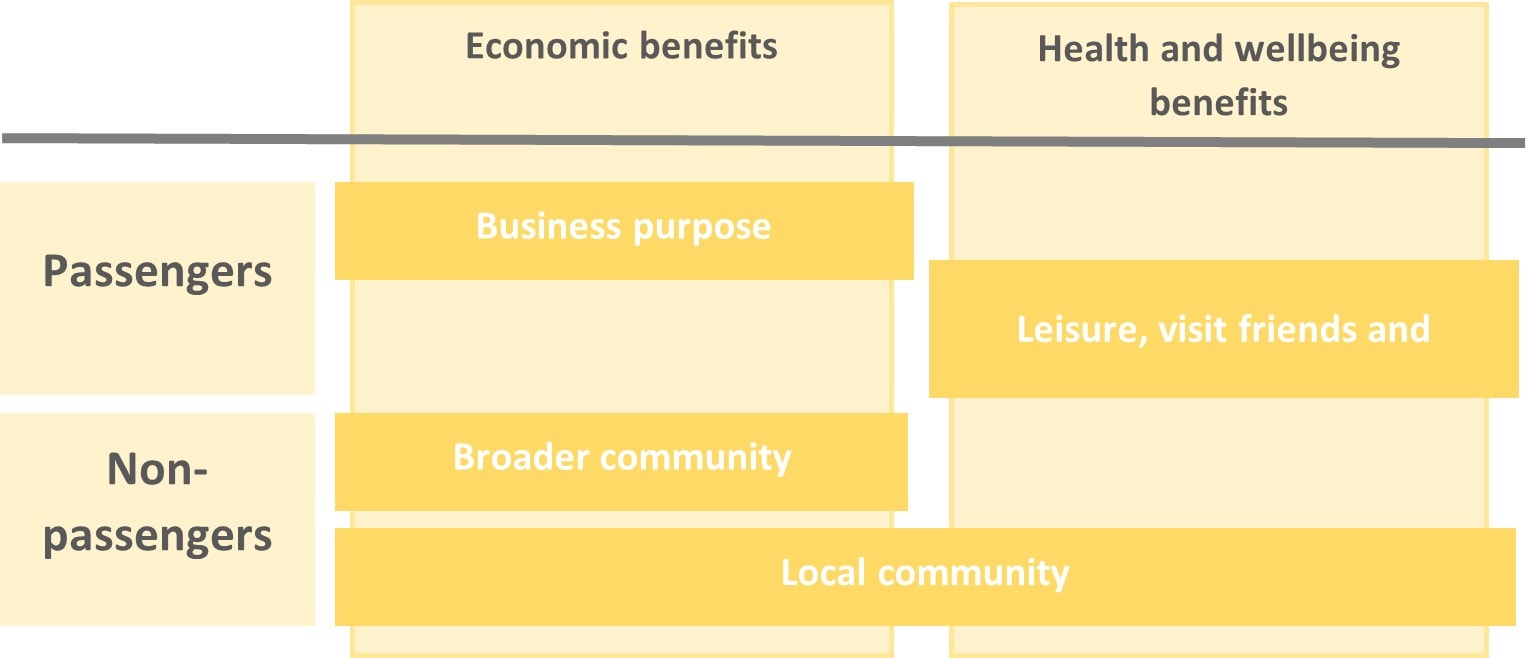
Net-zero is coming, but that doesn’t mean that fewer people will be flying. Quite the opposite. This month’s decision by the International Civil Aviation Organization (ICAO) member states to adopt the global goal of net-zero carbon emissions by 2050 is about transformational change within the industry. It’s a clear call for us to cut carbon emissions to the minimum (and offset what’s left by capturing carbon from the atmosphere) in a way that allows overall traveler numbers to grow.
If our sector were to stop growing, we would undermine other sustainability pillars. We all know that aviation brings economic benefits for the surrounding community; what’s less well-known is that flying also provides health and wellbeing benefits for the community and for passengers.
Travel reduces stress levels
According to UAB Medicine, one of the top academic medical centers in the US, there are “conclusive links between travel and decreased risks of heart disease and depression”. Travel, which includes flying to wonderful new places, reduces overall stress levels, improves connections between people, and strengthens mental resiliency. It’s no secret that taking vacations for leisure or for visiting friends and family improves the state of mind. Now researchers have found clear correlations with physical health. According to Forbes, “Taking vacations can lower men’s risk of death by 21% and mortality from cardiovascular disease by 32%” and “People who travel more frequently are more satisfied with their physical health and well-being”.
“People who travel more frequently are more satisfied with their physical health and well-being.”
Travel could also be a good way to fight the increase in anxiety and depression caused by the pandemic. According to the World Health Organization, anxiety rose by 25% in the first year of the pandemic.
The economic benefits of aviation
There’s also plenty of data to support the economic benefits of aviation. One broad-ranging study carried out before COVID-19 showed that jobs linked to the aviation sector reached 87.7 million worldwide, and that the gross domestic product (GDP) generated amounted to USD 3.5 Tn. That’s more than double the size of the entire Spanish economy.

Figure 1. Impact of aviation on jobs and GDP
The impact of aviation activity on the local community
For their surrounding communities, airports can be both beneficial and detrimental. For example, they create jobs, improve transport connectivity, and produce noise. Noise has several health impacts, including disturbed sleep, increases in cognitive and learning impairment, and raised levels of irritability and annoyance. These negative outcomes are naturally matters of public concern and are often used by communities and politicians to put pressure on existing airport operations or plans for future expansion.
Ferrovial and Heathrow, in collaboration with the MIT International Center for Air Transportation, undertook a multi-dimensional analysis of airport impacts. The results were published in a paper titled Impacts of Airports on the Quality of Life of Surrounding Communities. In this context ‘quality of life’ refers to each individual´s perception of wellbeing in relation to their goals, expectations, standards and concerns in life. The study assessed and measured the positive and negative metrics and provided a reliable quantitative method for objectively determining the impact of aviation activity on the local community.
The key attributes (and metrics) that the researchers looked at were: individual conditions (wages, housing transactions, etc.), system-level conditions (gross value added [GVA], unemployment rate, etc.), leisure and social conditions, environmental conditions, physical safety, accessibility and connectivity (driving time and transit time to central London, etc.), health (mortality rate, deaths, etc.), wellbeing, happiness (life satisfaction, perception of noise, social media sentiment, etc.), political voice and governance.

Figure 2. Spatial distribution of sentiment of tweets within 50 miles of Heathrow
The study concluded that the beneficial effects of living near Heathrow are: higher GVA, wages, and housing values; better road and internet connectivity; and general life satisfaction and happiness. The quantitative analysis showed that happiness levels increase by 0.06% for each kilometer that you get closer to Heathrow.
While this is all good news, we cannot be blind to the negative effects of aviation. Just as those who seek to denigrate aviation must also take account of the positive effects. To get a true picture we have to take a holistic approach to measuring the direct and indirect benefits of aviation on passengers and non-passengers.

Figure 3. Benefits of aviation for passengers and non-passengers
So, don’t be surprised if the next time you go to the doctor’s, your prescription is to fly away for vacation and to live close to an airport.





There are no comments yet